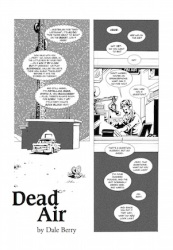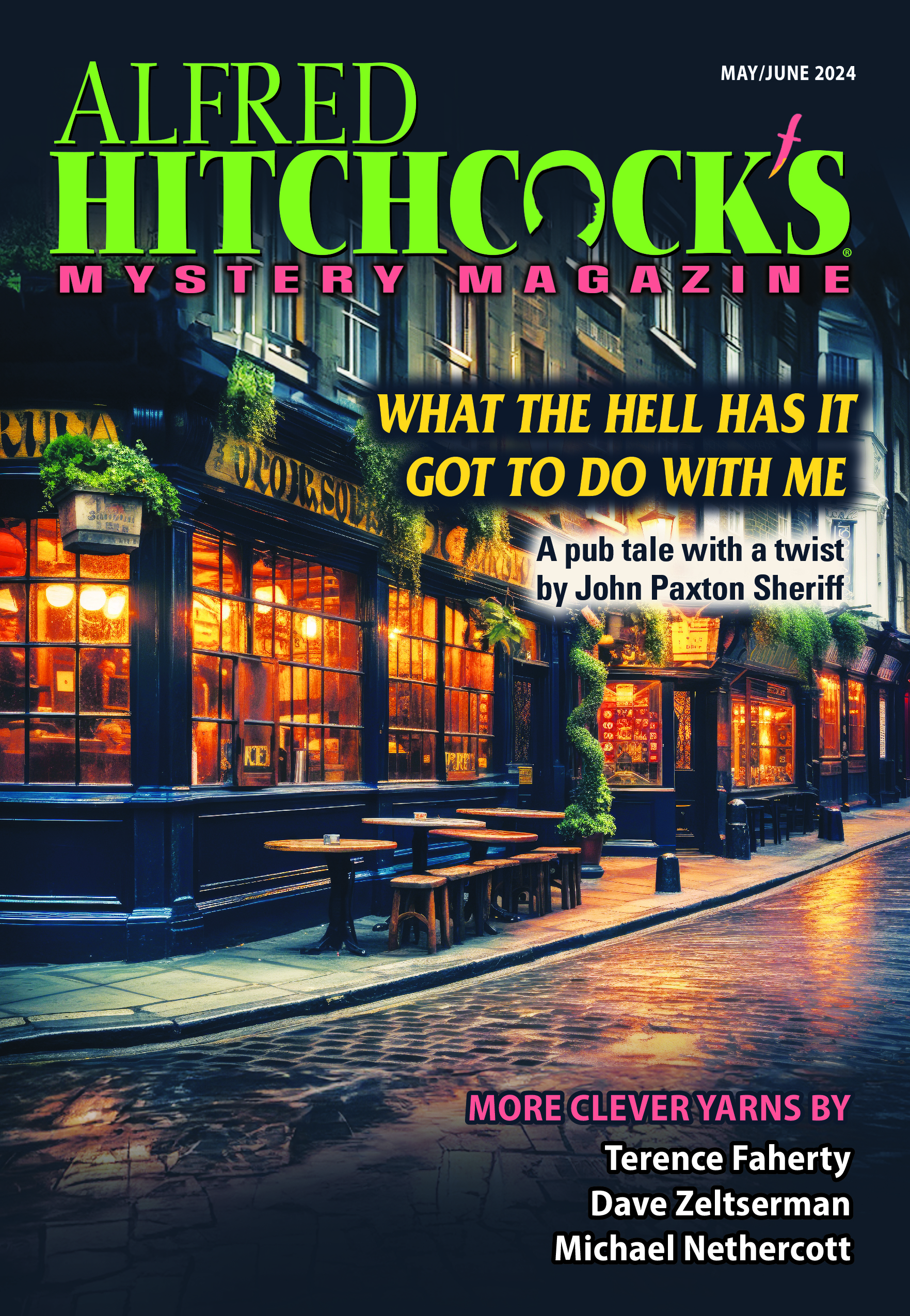Many of the crime stories in our March/April issue involve movement—a chase, a hunt, an escape—and each follows its own twisty journey. Dale Berry offers a graphic story of raw ambition in “The Trail;” a young pickpocket and a grave robber team up to travel a dark path in pre-revolutionary Paris in R. T. Lawton’s “The Left Hand of Leonard;” Bill Pronzini and Barry N. Malzberg give us a tale of a grieving husband and father who seeks to atone for a tragic lapse by becoming a “Night Walker”; and a young couple on the run is fatally drawn to a roadside carnival in “Fair Game” by Max Gersh.
Martin Limón’s popular 8th Army C.I.D. agents in 1970s Korea are on the trail of American G.I.’s who beat and robbed a local cabbie and took off with his young female passenger in “High Explosive.” A Denver cabbie reverses direction when he owes the wrong people in Michael Bracken’s “The Mourning Man.” A young kid gets more adventure than he bargained for in Mario Milosovic’s coming-of-age story “The Hitchhiker’s Tale.” And a routine traffic stop is anything but in Robert Lopresti’s “Nobody Gets Killed.”
Sassy Las Vegas stylist Stacey Deshay returns with a special assignment for a comeback star only to discover that her road crew has another agenda in “Knock-Offs” by Shauna Washington. A portrait photographer’s session with a beloved pet develops a negative aspect in “Off-Off-Off Broadway” by Dara Carr. A spouse-sitting assignment gets complicated for Ecuadorian P.I. Wilson Salinas in “Los Cantantes de Karaoke” by Tom Larsen.
In Michael Black’s “Walking on Water,” a P.I. takes on a client in Witness Protection. And Tim Chapman’s one-armed P.I. struggles to remain inconspicuous as he scouts for shoplifters in “The Handy Man.”
Many and varied are the paths that lead to criminal behavior. Leave it to AHMM to steer you straight.


